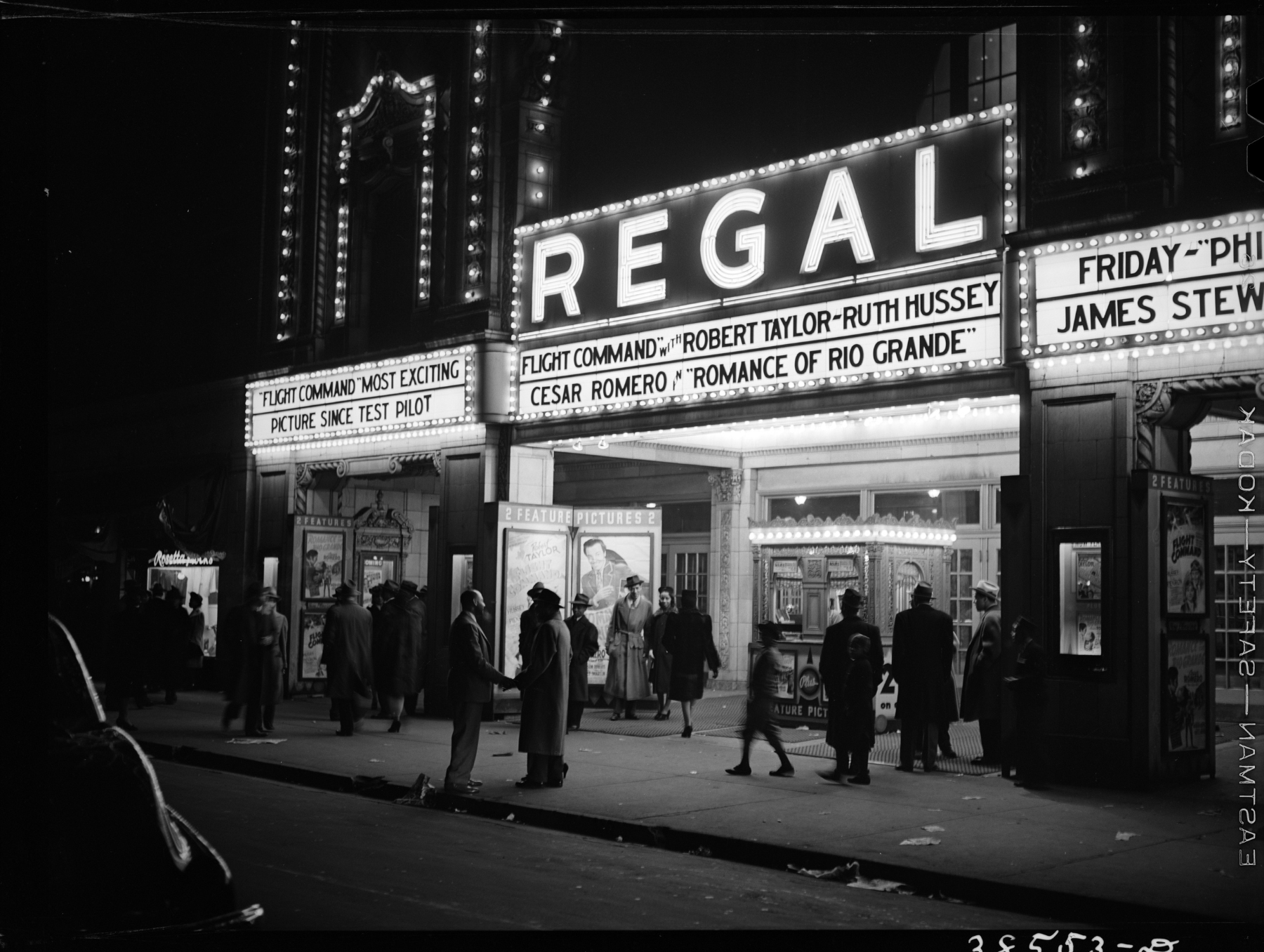
How Chicago Became a Movie Capital in the 1980s
Published on November 2, 2023
Chicago has long been a favorite location for filmmakers, but that hasn’t always been the case. This week, we examine how the city more or less prevented movies from being shot in Chicago until a change in leadership. Our I Love the ‘80s Movie Tour/Scavenger Hunt takes you to six locations in the Loop that were showcased in the decade when film production returned to the Windy City.
By Dave Lifton (@daveeatschicago)
Prior to Hollywood’s ascendency, Chicago and New York battled for the right to be called America’s movie capital. Those early days of Chicago cinema are now primarily remembered for two important studios on the North Side: Selig Polyscope and Essenay Studios, both of whom eventually moved to Los Angeles.
By the time the Great Depression hit, film production had almost entirely left Chicago. It picked up slightly in the 15 years after World War II, with the city usually serving as the backdrop for gritty crime dramas. Then, in 1959, an episode of the television show M Squad focused on corruption within the Chicago Police Department. Mayor Richard J. Daley was reportedly so upset by the portrayal of cops on the take in his city (let the irony sink in) that he refused to cooperate with the studio.
“We shoot locations, twice a year. No permit, no co-operation. They don’t want any part of us,” star Lee Marvin told TV Guide in October 1959. “Shoot and run. It finally came down to: ‘Okay, any public building, but nothing else, no stopping traffic.’ I stay back, out of sight. Hat pulled down. Director says okay, walks through what I do, says, ‘Like that, Lee.’ I do it, we shoot it and blow.”
For the rest of Daley’s life—he died in office in 1976—Chicago was rarely seen on screen, more often in documentaries than scripted films. Three years later, Jane Byrne was elected mayor and set about opening the city’s doors to the movie industry, starting with an action-comedy-musical based on characters created for Saturday Night Live that starred a local boy.
Wheaton native John Belushi, knowing Daley’s reputation, nervously met with Byrne to discuss the possibility of shooting The Blues Brothers in the city. Byrne was a fan of Belushi’s, and she’d already planned on allowing it, but acted reticent until Belushi offered a $200,000 donation to local orphanages.
Released in June 1980, The Blues Brothers was a smash hit, and showed the difference between the two mayors’ approach to how the city was depicted. Byrne had no problems with the police portrayed as incompetent boobs, crashing their cars into one another in their attempts to capture Joliet Jake and Elwood Blues. And Daley, from beyond the grave, certainly also would have objected to the Bluesmobile plowing through the windows of the building that was posthumously renamed for him.
Within a few years, the Chicago area would be the setting for a series of comedies about local teenagers. Tom Cruise’s breakout role, Paul Brickman’s 1983 film Risky Business, started the trend, and writer-director John Hughes would make four movies in the middle of the decade—Sixteen Candles, The Breakfast Club, Weird Science, and Pretty in Pink—set in the suburbs.
However, Hughes’ fifth, Ferris Bueller’s Day Off, was what he called his “love letter” to his hometown. It featured scenes shot at landmarks like the Art Institute of Chicago, Sears Tower, Chicago Board of Trade, and Wrigley Field. “I really wanted to capture as much of Chicago as I could,” he added. “Not just the architecture and the landscape, but the spirit.”
Another Chicago-based teen comedy, 1987’s Adventures in Babysitting, launched the directorial career of Chris Columbus, who would work with Hughes on a few more occasions, most notably Home Alone. That same year saw the release of another definitive Chicago film of that decade. Directed by Brian De Palma, The Untouchables was a fictionalized account of how Eliot Ness took down Al Capone and featured scenes filmed throughout the city, including Union Station, Chicago Theatre, the Rookery, Michigan Ave. Bridge, and the Chicago Cultural Center.
Not only was Chicago prominently displayed on the screen in the ‘80s, its two major film critics, Gene Siskel and Roger Ebert, became national celebrities through their syndicated TV shows, Sneak Previews and At the Movies, where they debated the week’s new releases.
Since then, filmmakers have used the Windy City’s picturesque skyline, bustling downtown, and charming neighborhoods for movies and television shows of all genres. The Chicago Film Office estimates that the Illinois movie industry generated $700 million in 2021 and is responsible for 20,000 jobs. But it wouldn’t have been possible if Jane Byrne hadn’t been a Blues Brothers fan.

The Adventure starts when you say it does.
All eATLAS Adventures are designed and built by experienced eATLAS Whoa!Guides. They're always on. Always entertaining. And always ready to go.
Check out our Adventures!